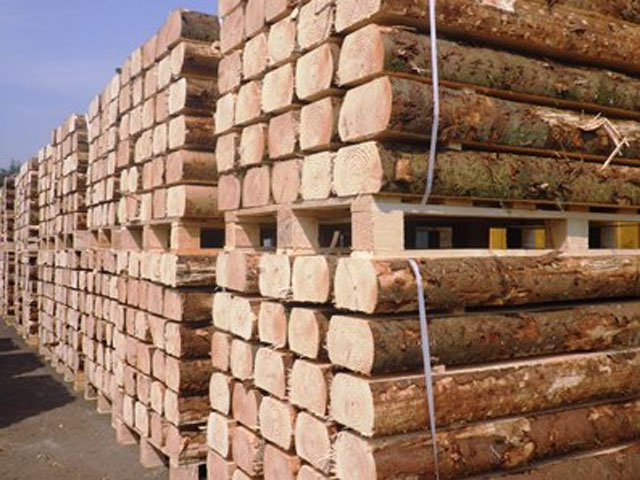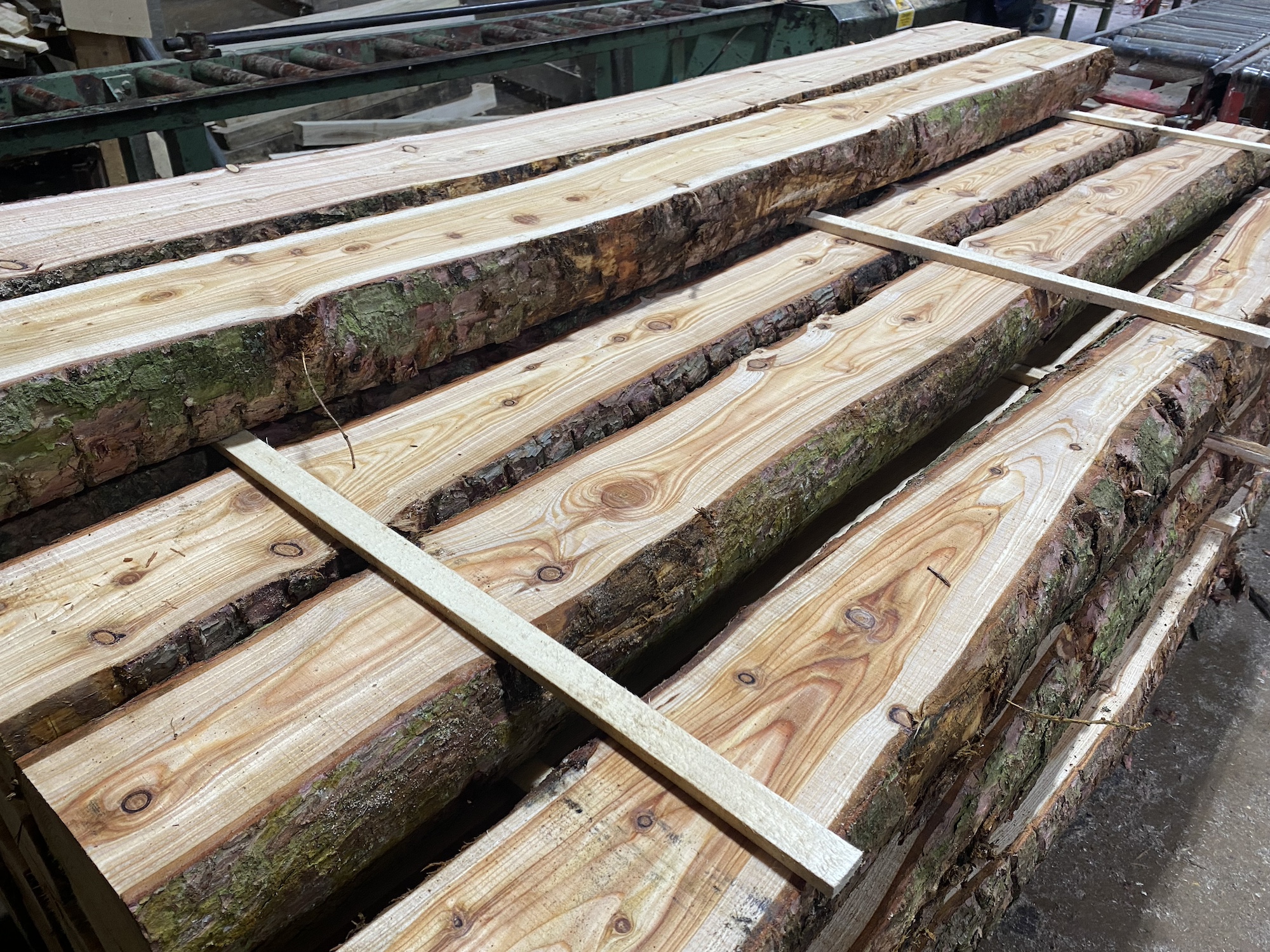What is the best wood to use for a fireplace mantel?
The fireplace is often the heart of the home, the centrepiece of your living room, and the perfect place to gather around with family and friends. So when it comes to choosing a wooden mantel, you want to make sure you select the correct type of wood that will not only look beautiful but also last for years to come.
Many different types of wood can be used for fireplace mantels, and each has its own unique grain pattern and colours. Below, we take a look at some of the most popular woods used for mantels and their benefits.
Oak
Oak is one of the most popular woods used for fireplace mantels. It's a hardwood known for its durability and has a beautiful grain pattern that can add character to any room. Oak mantels are usually finished with an oil stain or good quality varnish that brings out the wood's natural grain, providing a charming, traditional look and feel. Perfect for any country cottage or rustic-style home.
Another benefit of using oak for your mantel is that it's a very easy wood to care for. Wipe it down with a damp cloth and mild soap regularly, and you'll keep your mantel looking like new for years to come.
Fruit Trees
Fruit trees, such as apples or cherries, are also popular for fireplace mantels. They offer a warm, natural look that can brighten up a room. Fruit tree mantels are usually finished with a clear varnish to show off the wood's beautiful grain and colour.
Unlike oak, fruit tree mantels require a bit more care and attention. The varnish finish can be susceptible to scratches, so it's important to dust and polish your mantel regularly. And, because fruit trees are softer woods, they may dent or chip more easily than harder woods, so the wear and tear of everyday life may take its toll over time.
Mahogany
Mahogany is a classic wood used for furniture and fireplace mantels for centuries. It's a hardwood known for its rich, dark colour and beautiful grain pattern. Mahogany mantels are usually finished with a clear varnish to show off the natural beauty of the wood. Durable and easy to care for, mahogany only needs light dusting or polishing every now and then to keep your mantel looking its best.
Hickory
Hickory is best known for its strength and durability. It's a hardwood that is often used in the construction of furniture and cabinetry. And because of its density, hickory is one of the heaviest woods available. Hickory has a beautiful grain pattern with a range of colours that can add interest and warmth to any room and is usually finished with a dark stain or varnish to elevate the wood's natural colouring.
Maple
Many people choose maple for their fireplace mantels because of its light brown colour. Its tightly packed, strong grains can withstand a lot of pressure and handle sanding and finishing well. It's a hardwood known for its durability, consistent colour and excellent resistance to decay.
At UK Oak, we take pride in our unique hand-carved wooden mantels. Our craftsmen use only high-quality partially dried oak sleepers to ensure each piece is one-of-a-kind. You can choose to finish your mantel with your favourite oil, stain or wax colour best suited to your home. Head over to our website to see our full range of products.
« Back to news list







